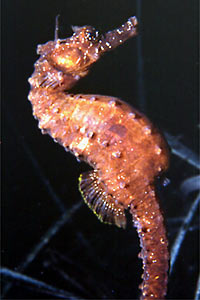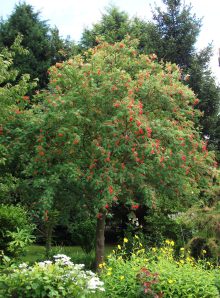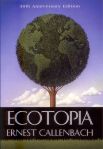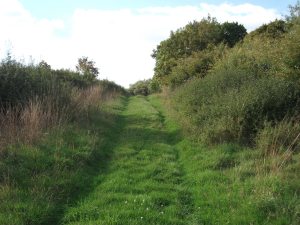 The following information is taken from an Environment Agency Press Release.
The following information is taken from an Environment Agency Press Release.
Rare seahorse discovered in London
07-Oct-2011
The Environment Agency has found evidence of a colony of seahorses in the Thames, during a routine fisheries survey at Greenwich.
This is the first time that these rare creatures have been found so far up the Thames and the first time in this part of London.
Seahorses have always been visitors to the coastal waters around the British Isles but more recent sightings suggest that there may be more permanent populations around the UK.
In 2008 they were protected under the 1981 Wildlife and Countryside Act, prior to this a handful of individuals had been found in the River Thames. This raised the possibility that the river may be supporting a colony, however they have not been found since and never this far inland.
The short-snouted seahorse, hippocampus hippocampus, can grow up to around 15cm and are relatively rare in the UK, mainly found on the south coast. Seahorses are one of the few animals that mate for life after elaborate courtship rituals.
The Environment Agency has carried out regular monitoring of the fish populations within the Thames Estuary since the late 1980s. This data has enabled us to understand the importance of the river as a nursery and breeding ground for a number of species of commercial and conservation importance.
Emma Barton, Environment Agency Fisheries Officer said “The seahorse we found was only 5cm long, a juvenile, suggesting that they may be breeding nearby. This is a really good sign that seahorse populations are not only increasing, but spreading to locations where they haven’t been seen before. We routinely survey the Thames at this time of year and this is a really exciting discovery.
“We hope that further improvements to water quality and habitat in the Thames will encourage more of these rare species to take up residence in the river.“
Notes to editors:
The seahorse was released back into the river.





